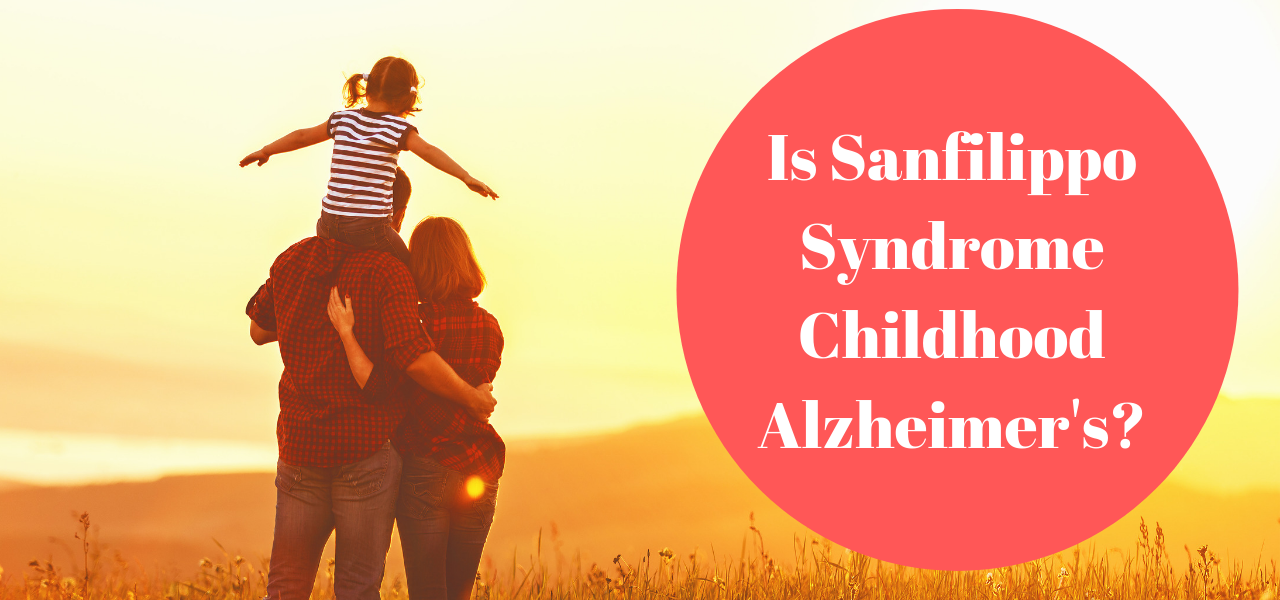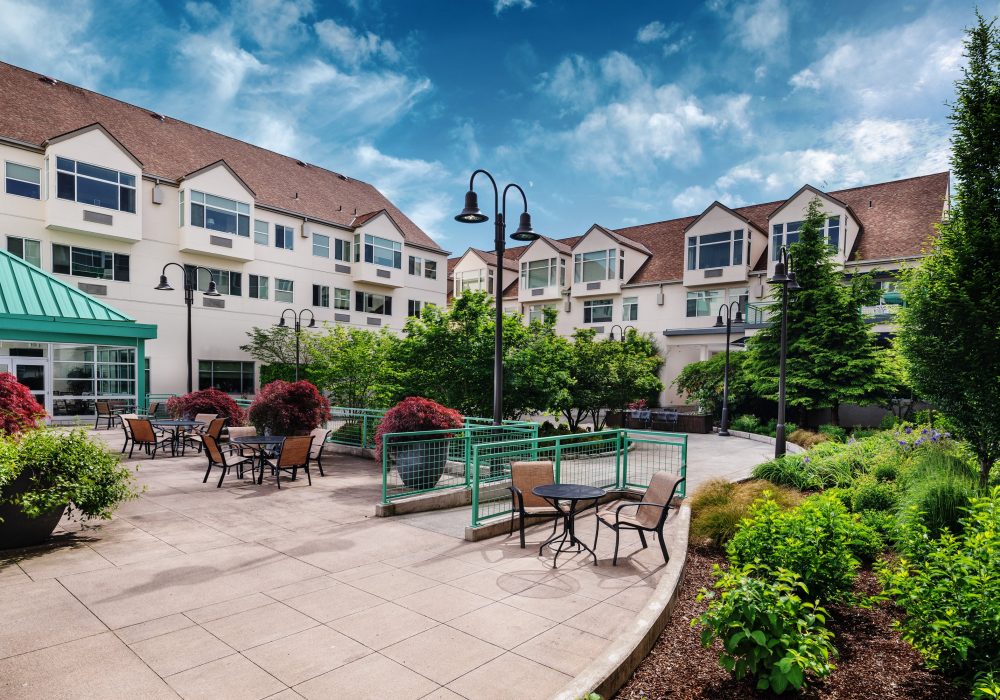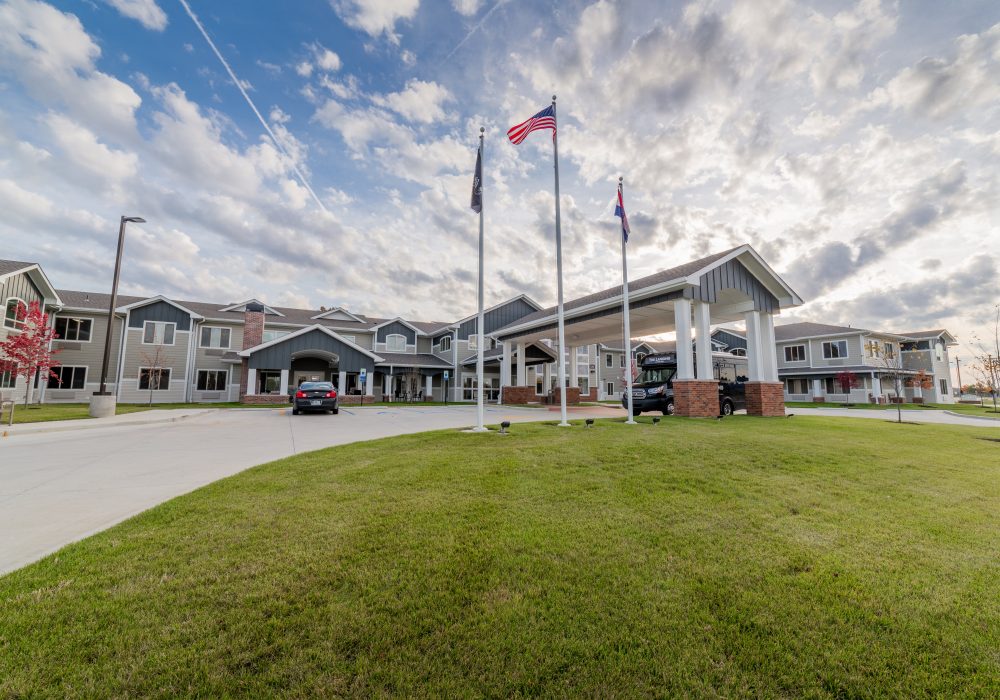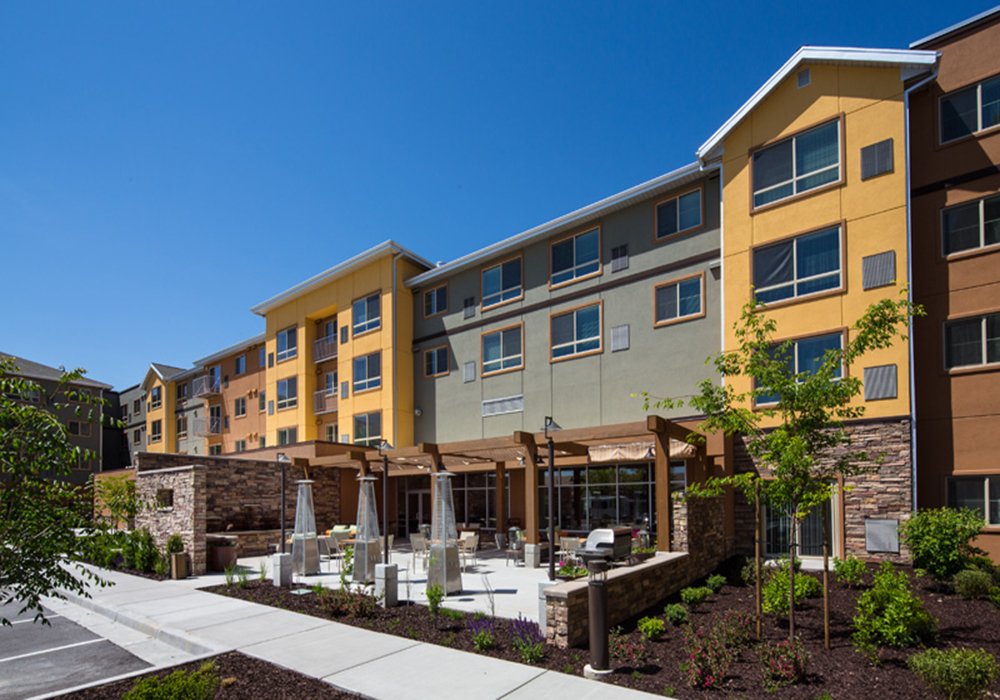
Sanfilippo Syndrome is a rare genetic condition that causes fatal brain damage. Because its symptoms are so similar to Alzheimer’s, many call Sanfilippo Syndrome “childhood Alzheimer’.” While the symptoms are similar, the underlying causes are different with both fatal diseases leading to dementia. Learn more about this devastating condition and its relationship to Alzheimer’s disease.
What is Sanfilippo Syndrome?
Sanfilippo Syndrome, also known as MPSIII is a metabolic, neurodegenerative disorder that affects 1 in 70,000 children. Caused by an enzyme deficiency, Sanfilippo Syndrome prevents the body from going through its natural recycling process and causes cellular malfunction. Affecting mostly the central nervous system, Sanfilippo Syndrome damages the brain over time as brain cells fill up with waste.
At birth, a child with Sanfilippo Syndrome will appear as a healthy baby and the first symptoms appear as mild developmental delays. Because the disease progresses differently in each child, it can be difficult to predict the next stages. Generally speaking, as Sanfilippo Syndrome progresses, children experience the following symptoms:
- Hyperactivity
- Sleeplessness
- Loss of speech
- Loss of cognitive skills
- Cardiac issues
- Seizures
- Loss of mobility
- Mental retardation
- Dementia
The Differences between Alzheimer’s and Sanfilippo Syndrome
Sanfilippo Syndrome is often referred to as “childhood Alzheimer’s” because the symptoms of both conditions are very similar. However similar the symptoms may be, the cause of the two conditions is very different.
Experience Leisure Care Senior Living
Sanfilippo Syndrome is one of more than 50 conditions known as lysosomal storage disorders that can cause dementia-like symptoms in children. It is a genetic, neurodevelopment, and neurodegenerative disease involving a breakdown of the cell structure which helps process cholesterol and sugar and put them to use in the body. When something is missing or abnormal in this structure the body becomes deprived of important nutrients causing cells to die off.
Both Alzheimer’s and Sanfilippo Syndrome cause deterioration of the brain over time and both conditions lead to dementia. However, for children with Sanfilippo Syndrome, the brain is just one of many organs that suffer damage from the condition.
Sanfilippo Syndrome Treatment
Unfortunately, there is no cure and only limited treatment options. A child with Sanfilippo Syndrome will most likely live between 15-20 years. Researchers have examined enzyme replacement therapy and bone marrow transplants with no success. Ongoing research includes gene therapy, chaperone therapy, and intrathecal enzyme therapy.
Glenn O’Neill and his wife Cara founded the Cure Sanfilippo Foundation after their daughter received a Sanfilippo Syndrome diagnosis. He says,
“For me I had no idea that a disease like this could even exist. A disease where your child goes backwards. It’s unusually cruel that you begin to meet your child and see their personality only to very quickly have it all taken away.”
He added,
“Once you’ve lived through a little bit of it like we have, and we haven’t seen the worst you don’t want any other parent to go through this journey.”
Do you know a family coping with Sanfilippo Syndrome? How have you seen similarities and differences between Alzheimer’s disease and Sanfilippo Syndrome? Share your experiences with us in the comments below.
Find a Leisure Care Community
Better with age, exceptional with us! Come and see how Leisure Care communities are helping seniors rediscover (and sometimes reinvent) themselves.








